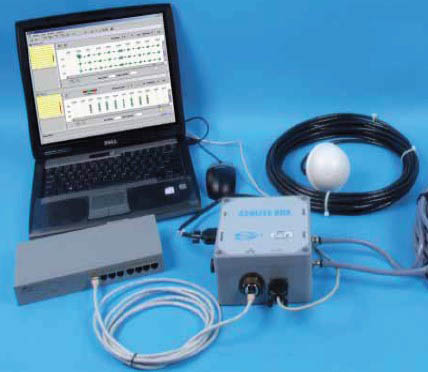 High-resolution seismic exploration is the use of effective high-frequency seismic signals to identify subsurface fine geological features. This requires that seismic exploration instruments used as seismic data acquisition must be precise measurement and recording devices. For this reason, seismic exploration instruments must have excellent technical characteristics and indicators. Not only must the indicators be high, but they cannot change with time, place, environment, and conditions. For the best exploration results, we always want to collect real, pure and effective seismic signals without losing useful information or adding any unnecessary components. This is a measure of the performance of a seismograph and is a basic requirement for the design and manufacture of seismographs.
High-resolution seismic exploration is the use of effective high-frequency seismic signals to identify subsurface fine geological features. This requires that seismic exploration instruments used as seismic data acquisition must be precise measurement and recording devices. For this reason, seismic exploration instruments must have excellent technical characteristics and indicators. Not only must the indicators be high, but they cannot change with time, place, environment, and conditions. For the best exploration results, we always want to collect real, pure and effective seismic signals without losing useful information or adding any unnecessary components. This is a measure of the performance of a seismograph and is a basic requirement for the design and manufacture of seismographs. The technical specifications that describe the characteristics of seismic exploration instruments include: dynamic range, harmonic distortion, filter characteristics, frequency response, data transfer rate, timing accuracy, noise drift, crosstalk isolation, and common mode rejection. The level of technical indicators mainly reflects the linearity, minimum resolution, instantaneous dynamic range, maximum channel capacity, maximum record length, and frequency range of received signals of the system.
High-resolution seismic exploration always pursues high fidelity, high signal-to-noise ratio, high-resolution, and high-information seismic acquisition data. It is reflected in seismic exploration instruments that pursue low distortion, low noise, high dynamics, and wideband (full-band) response. . Related products: CDJ-Z/P series seismograph detectors, A-DZQ12A high resolution seismograph (shallow seismograph), CZM-3 proton prospecting magnetometer, and CZM-4 proton magnetic prospecting instrument.
Wuxi Qijing Machinery Technology Co., Ltd. , https://www.sinombbrmedia.com